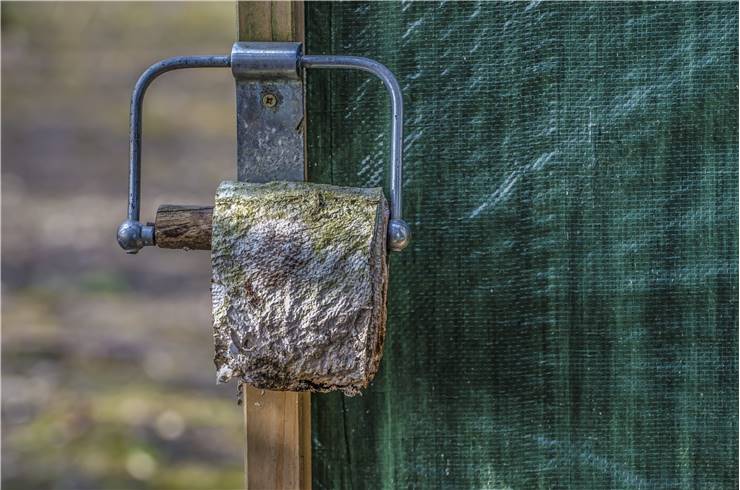Toilet History - Toilets in the Ancient World and Today
History of toilets is full of interesting stories and interesting points of intersection with our developing civilizations, cultures, countries and modern societies. With over 5000 years in our presence, they managed to become one of the most used modern inventions our civilization, being used regularly by vast majority of human population on earth. If you are interested in finding out how toilets came to such popularity, keep on reading.
The oldest archeological discovery of working toilets dates back to 3000 BC Scotland. In their Neolithic settlement Skara Brae scientists found remnants of the stone huts, fully equipped with drains that extended from the recesses in the walls. This extremely early and very sophisticated example of toilet technology was not seen in in other more advanced cultures for thousands of years, managing even to remain superior to any design in entire world.

Central and southern Europe was for the longest time home to very simple toilets, which were only outshined by the architects in 1700 BC Crete, who created royal Palace of Knossos. Latrines located in the ruins of this ancient structure had large clay pans connected to the water supply that traveled through terra-cotta pipes. This advanced toilet design remained unmatched all the way through the life of Greek and Roman empires, and trough entire European Dark Ages. They were surpassed only in the middle of 16th century when the technical advances of the European renaissance finally enabled creation of something better.
Public or private bathrooms in Rome were extension of the various designs found in their neighboring civilizations – Greece and Egypt. After seeing the tradition public bathhouses and saunas in Egypt, Romans established their own public bathhouses that were created in staggering size. Baths of Caracalla were six times larger than St. Paul's Cathedral and could server over 1600 people at once! As for communal lavatories, Rome in one point housed over 144 of them, but they were used rarely, and majority of the human waste regularly ended up on the city streets.
In medieval Europe lavatories took several forms, but they were very rare. Mostly they were created over castle or village motes, suspended in air with simple wooden buildings or in castle galleries. Waste that fell in those motes served as excellent repellant to enemy forces who wanted to enter into the city by force, but sadly such waste attracted many diseases. Peasants usually had their own latrines at the ends of the streets, and people who lived near rivers dumped their waste into them.
With the arrival of Renaissance, toilets finally started looking like something more modern. France's Louis XI used hidden toilets that were located behind curtains and were regularity scented by herbs. Other European rulers used similar tactics. In very late 16th century mass adoption of toilet sanitation swept across England, with water closets that used running water to transport waste away from human premises. Both ordinary people and royalty used this kind of system, especially after Alexander Cummings.

Modern revolution of toilets arrived with the works of Thomas Crapper, prominent London plumber who constructed lavatories at several English royal palaces. His last name soon become slang for all latrines and toilets, and his public showings of toilets ensured their spreading all across the world.
History of toilets in 20th century brought flushable waves, water tanks, toilet paper rolls, and much more.

